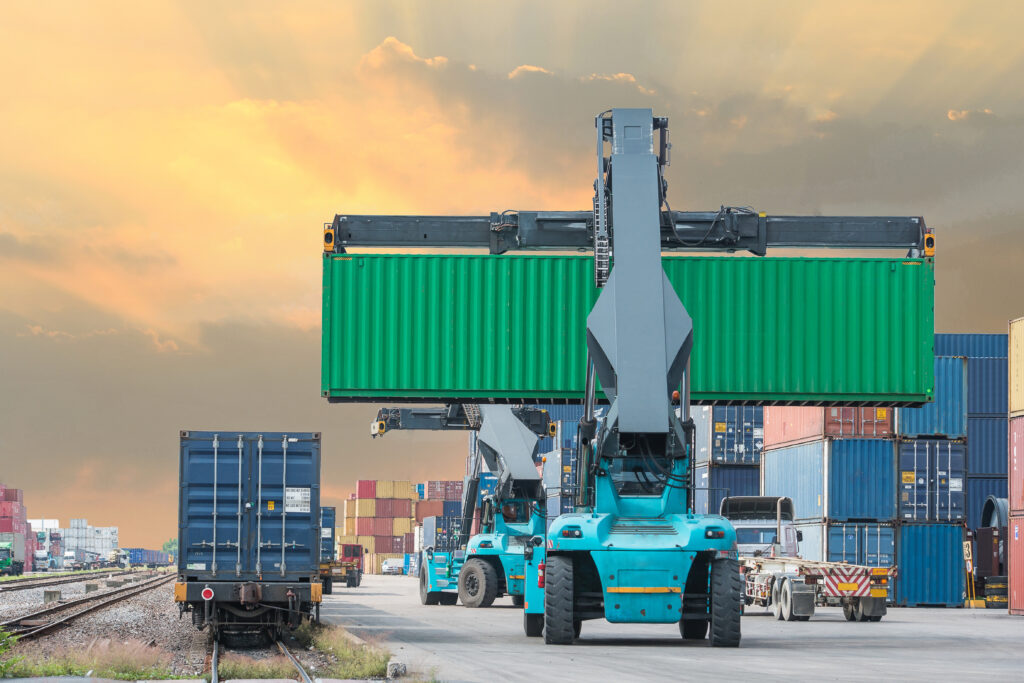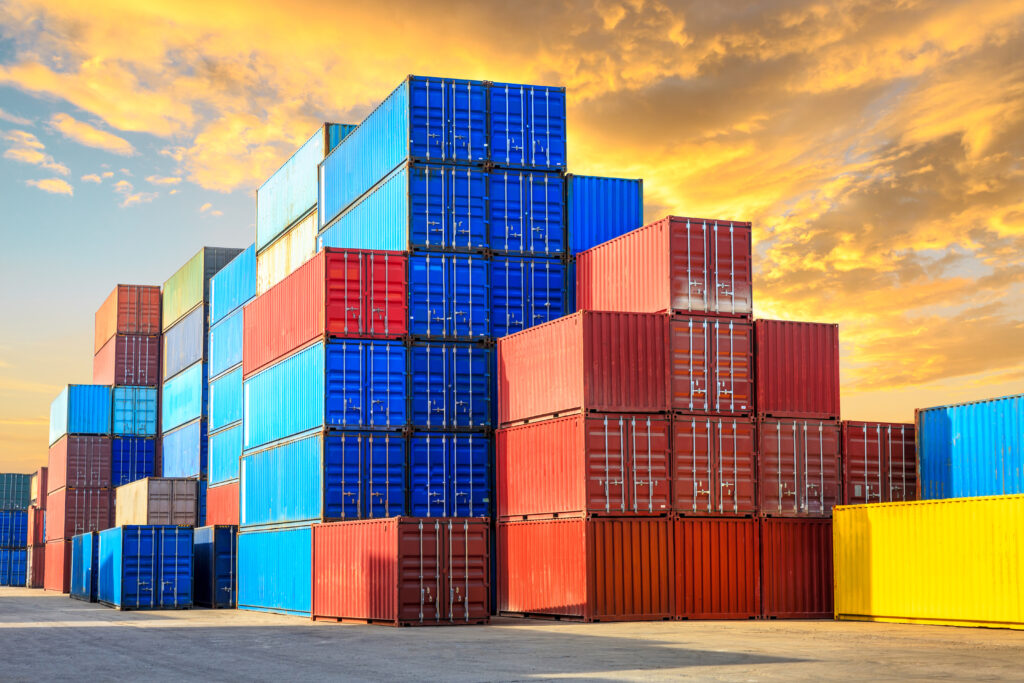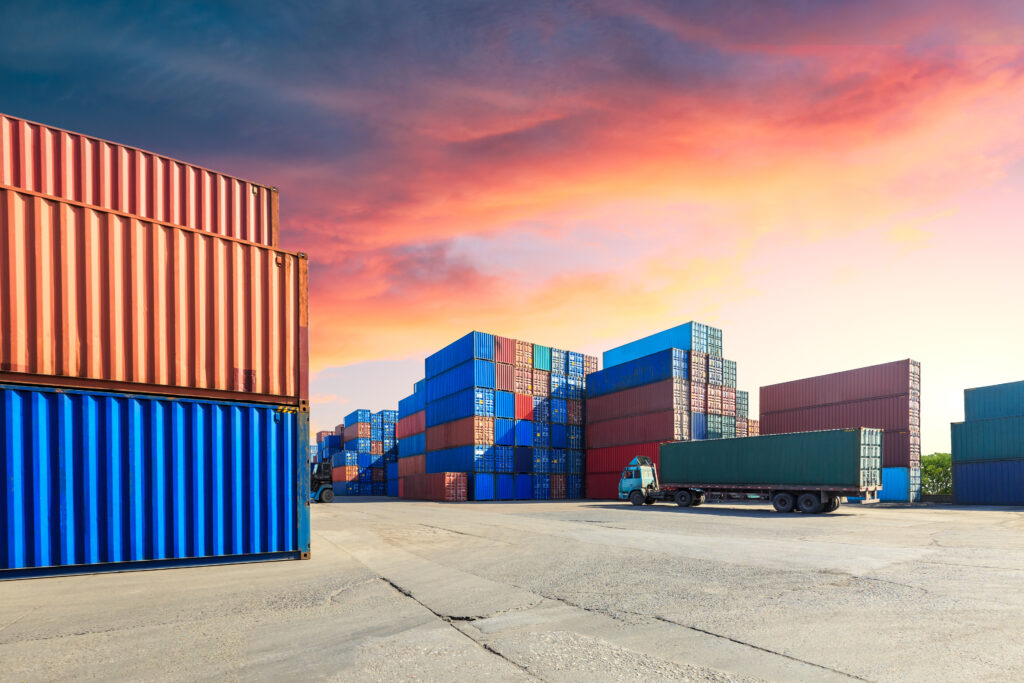Drayage is a key part of international shipping, ensuring goods move smoothly through global supply chains. However, this sector faces significant challenges that can impact its efficiency and reliability. From port congestion to regulatory complexities, drayage operations must manage numerous obstacles. Therefore, a proactive and strategic approach is necessary to address these issues. This article will explore the main concerns impacting drayage today and offer practical solutions to improve efficiency and reliability in international shipping.
1. Port Congestion
Challenge: Port congestion is a significant issue, causing delays and increasing costs. High traffic at ports can disrupt schedules and lead to inefficiencies. Solution: Implementing real-time tracking systems can help monitor port conditions and adjust schedules proactively. Partnering with multiple drayage providers offers flexibility and can mitigate the impact of congestion.
Example: During the COVID-19 pandemic, major ports like Los Angeles and Shanghai experienced unprecedented congestion, with vessels waiting offshore for weeks. This delay disrupted the entire supply chain, affecting everything from medical supplies to consumer electronics.
2. Driver Shortages Effecting Drayage
Challenge: The shortage of qualified drivers is a persistent problem, leading to delays and higher operational costs. Solution: Investing in driver recruitment and retention programs is essential. Offering competitive pay, benefits, and training opportunities can attract and retain drivers. Additionally, utilizing technology to optimize routes can improve driver efficiency and job satisfaction.
Example: In 2023, the IRU reported over three million truck driver positions unfilled globally, with significant shortages in countries like China and the United States. This shortage led to delays and increased costs for logistics companies.
3. Regulatory Compliance
Challenge: Keeping up with changing regulations can be complex and costly for drayage operations. Solution: Staying informed about regulatory changes and investing in compliance management systems are crucial. Regular training for staff on new regulations ensures that the company remains compliant and avoids penalties.
Example: The implementation of stricter emissions standards in California required drayage companies to upgrade their fleets to newer, cleaner trucks. This compliance effort was costly but necessary to meet environmental regulations.
4. Environmental Regulations
Challenge: Stricter environmental regulations require costly upgrades to equipment and processes. Solution: Investing in eco-friendly technologies and practices, such as electric trucks and optimized routing, can reduce emissions and comply with regulations. Seeking out grants and incentives for green initiatives can also offset some of the costs.
Example: The Port of Los Angeles implemented a Clean Truck Program, which provided financial incentives for replacing older, polluting trucks with newer, cleaner models. This initiative significantly reduced emissions and improved air quality around the port.
5. Cost Management in Drayage
Challenge: Rising fuel costs and other operational expenses can squeeze profit margins. Solution: Implementing fuel-efficient practices and technologies can help manage costs. Negotiating better rates with suppliers and considering bulk purchasing for cost savings are also effective strategies.
6. Technology Integration
Challenge: Integrating new technologies with existing systems can be challenging and disruptive. Solution: Choosing scalable and compatible technology solutions is key. Providing thorough training for staff and ensuring ongoing support from technology providers can facilitate smooth integration and maximize the benefits of new technologies.
7. Security Concerns
Challenge: Theft and cargo security are significant concerns in drayage operations. Solution: Investing in advanced security measures such as GPS tracking, secure facilities, and thorough vetting of personnel can enhance security. Collaborating with law enforcement and industry groups helps stay ahead of security threats.
Example: The rise in cyber-attacks has prompted drayage companies to invest in advanced security measures. For instance, the Colonial Pipeline ransomware attack highlighted the vulnerability of logistics networks and the need for robust cybersecurity protocols.
8. Customer Expectations in Drayage
Challenge: Increasing demands for faster and more transparent service can be challenging to meet. Solution: Enhancing communication with customers through real-time updates and transparent tracking systems can improve satisfaction. Building strong relationships and understanding customer needs are essential for meeting expectations.
Example: Efficient drayage operations are crucial for meeting customer expectations, especially during peak seasons. For instance, during the holiday rush, timely deliveries are essential for maintaining customer satisfaction and loyalty.
9. Infrastructure Limitations
Challenge: Poor infrastructure can lead to delays and increased wear and tear on vehicles. Solution: Advocating for infrastructure improvements and planning routes that avoid problematic areas can mitigate these issues. Regular maintenance of vehicles ensures they are in good condition to handle challenging routes.
Example: Ports like Los Angeles and Long Beach have faced significant challenges due to outdated infrastructure, leading to delays and increased costs. Investments in expanding terminal capacity and optimizing traffic flow are critical to addressing these issues.
10. Seasonal Fluctuations
Challenge: Variations in demand can lead to periods of underutilization or overcapacity. Solution: Using data analytics to predict demand patterns and adjust resources accordingly can help manage fluctuations. Flexible staffing and scalable operations provide the agility needed to respond to changing demand.
Example: The 2024 hurricane season, with 25 named storms and 12 hurricanes, posed significant challenges for drayage operations. Companies used advanced tracking and routing technologies to navigate these disruptions and maintain efficient operations.
Navigating the challenges in drayage requires a proactive and strategic approach. Therefore, implementing these solutions, businesses can enhance their drayage operations, improve efficiency, and maintain a competitive edge in the logistics industry. Embracing technology, investing in people, and staying adaptable are key to overcoming these challenges and achieving long-term success.




